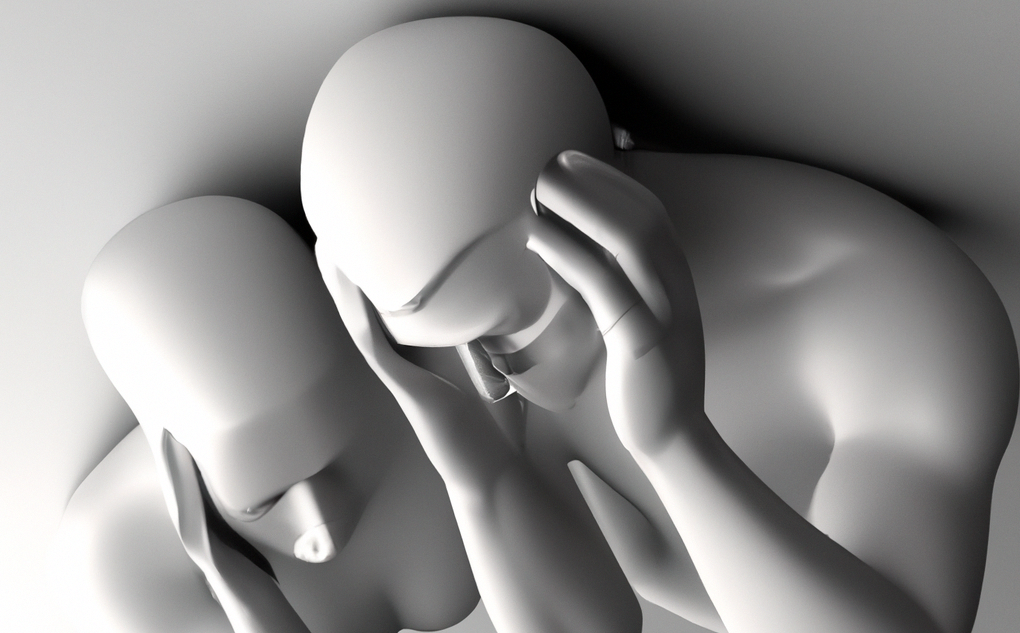Addressing Gender Bias in Healthcare: The Importance of Treating Women's Pain Like Men's
Gender bias is a significant issue in healthcare, and one area where it is particularly prevalent is in the diagnosis and treatment of pain in women.

Studies have shown that women's pain is often dismissed or undertreated by healthcare providers due to gender biases, leading to disparities in treatments and negative health outcomes. A recent study published in the Journal of Pain sheds light on this issue and highlights the importance of treating women's pain like men's.
In the study, researchers found that a patient's pain responses may be perceived differently by others based on their gender. When male and female patients expressed the same amount of pain, observers viewed female patients' pain as less intense and more likely to benefit from psychotherapy versus medication compared to men's pain. This exposes a significant patient gender bias that could lead to disparities in treatments and negative health outcomes.
The study consisted of two experiments. In the first, participants were asked to view various videos of male and female patients who suffered from shoulder pain performing a series of range of motion exercises using their injured and uninjured shoulders. The patients' self-reported level of discomfort when moving their shoulders was recorded in the videos. The patients' facial expressions were analyzed through the Facial Action Coding System (FACS), which provided an objective score of the intensity of the patients' pain facial expressions. The study found that female patients were perceived to be in less pain than the male patients who reported, and exhibited, the same intensity of pain.
In the second experiment, participants completed a Gender Role Expectation of Pain questionnaire, which measures gender-related stereotypes about pain sensitivity, the endurance of pain, and willingness to report pain. Perceivers also shared how much medication and psychotherapy they would prescribe to each patient and which of these treatments they believed would be more effective in treating each patient. The study concluded that the gender of the perceivers did not influence pain estimation. Both men and women interpreted women's pain to be less intense.
The study's findings highlight the importance of addressing gender biases in healthcare and treating women's pain like men's. Healthcare providers need to be aware of the gender stereotypes and biases that may influence their perception of patients' pain and make a conscious effort to treat all patients equally. This means listening to women's pain complaints and taking them seriously, providing equal access to pain management treatments, and ensuring that women receive the same level of care and attention as men.
Moving forward, it's important for healthcare providers to acknowledge and address the issue of gender bias in pain management. This can be done by providing education and training on gender sensitivity and bias in medical schools and continuing education programs, implementing policies and guidelines that ensure equal access to pain management treatments for all patients, and promoting diversity and inclusion in the healthcare workforce.
In conclusion, addressing gender bias in healthcare is essential for ensuring that all patients receive the care they need and deserve. Treating women's pain like men's is an important step towards achieving this goal and improving the health outcomes of women around the world.
Ref: University of Miami. "Womens' pain not taken as seriously as mens' pain: A new study suggests that when men and women express the same amount of pain, women's pain is considered less intense based on gender stereotypes.." ScienceDaily. ScienceDaily, 6 April 2021. <www.sciencedaily.com/releases/2021/04/210406164124.htm>.


